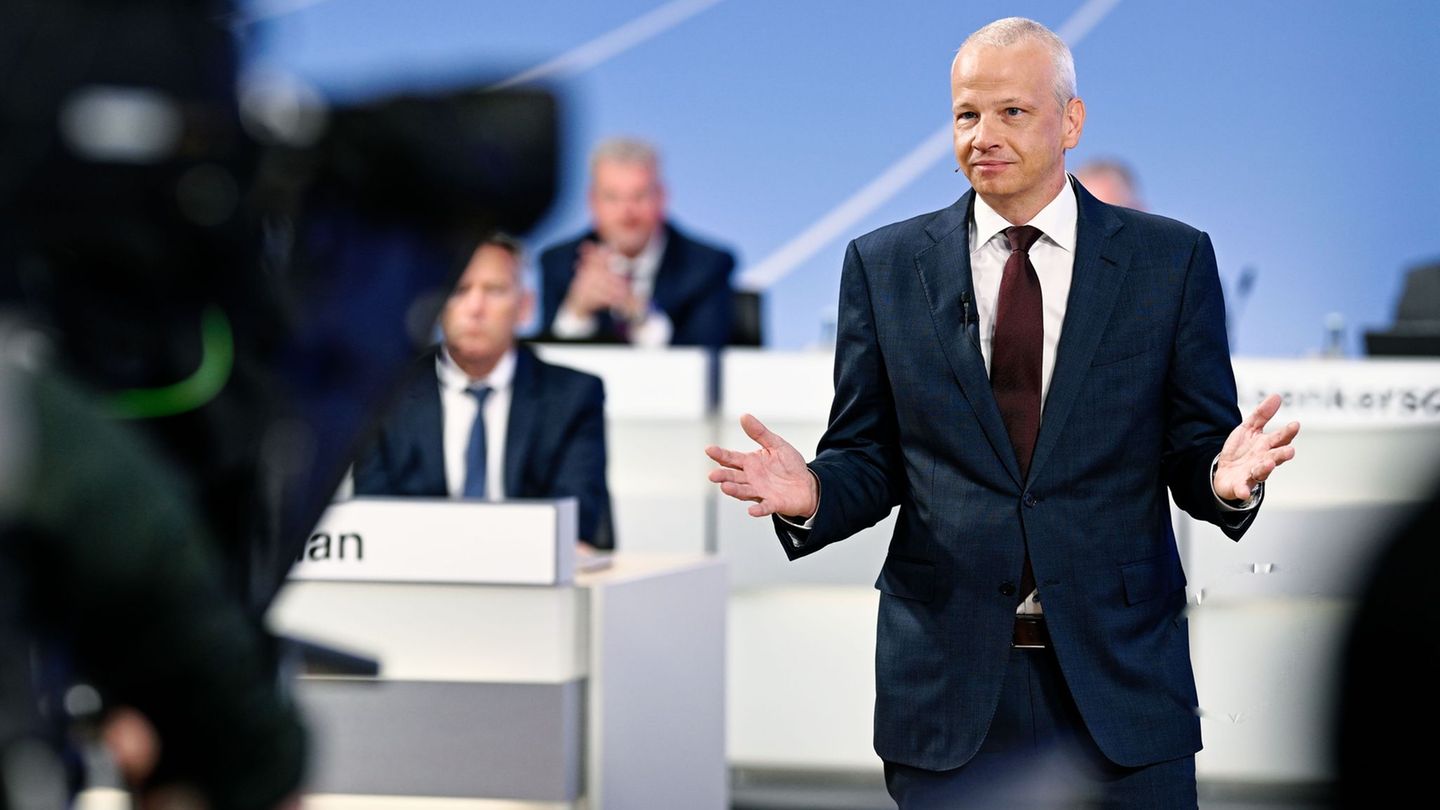Menu
Chemical group: BASF sees itself prepared for US tariffs and looks at Asia
Categories
Most Read
How much do I earn if I invest $1,000,000 today in 30 days?
October 14, 2025
No Comments
Oil falls in international markets to its lowest level since May
October 14, 2025
No Comments
Federico Sturzenegger announced that there will be a quite unprecedented trade agreement with the US
October 14, 2025
No Comments
Toys: Bookseller Thalia wants to open her own toy shops
October 14, 2025
No Comments
Latest Posts

Trade conflict: Trump is considering giving up Chinese cooking oil because of the soy problem
October 14, 2025
No Comments
AngelicaI am an author and journalist who has written for 24 Hours World. I specialize in covering the economy and write about topics such as

The day Maradona played a match for two different teams: the footballer’s fleeting return to Boca
October 14, 2025
No Comments
October 14, 2025 – 17:30 Pelusa managed to captivate everyone in football and even surprised by playing for two different teams in the same game.

In Ried you can now rent storage space ranging from one to twelve square meters
October 14, 2025
No Comments
Small opening ceremony yesterday with Christoph Wiesner (district manager of the Ried Chamber of Commerce), Stefan Majer (Bauchinger company), Ried’s mayor Bernhard Zwielehner and the
24 Hours Worlds is a comprehensive source of instant world current affairs, offering up-to-the-minute coverage of breaking news and events from around the globe. With a team of experienced journalists and experts on hand 24/7.

